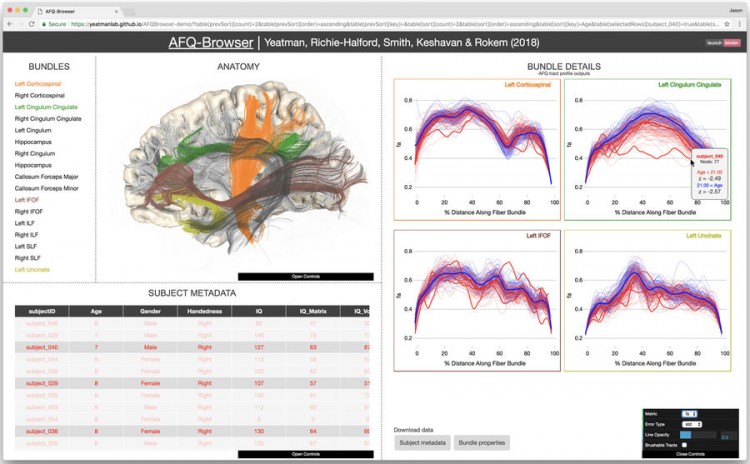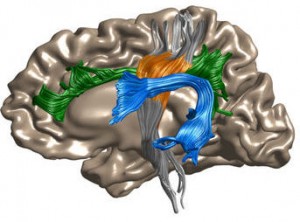What I find most exciting about this conference is the range of countries being represented. At first glance, I’ve found Argentina, Thailand, Senegal, Ivory Coast, Costa Rica and more in a science meeting being held in Canada. Thank you to the organizers and to the organization International Network for Government Science Advice (INGSA)
As I’ve noted many times here in discussing the science advice we (Canadians) get through the Council of Canadian Academies (CCA), there’s far too much dependence on the same old, same old countries for international expertise. Let’s hope this meeting changes things.
The conference (with the theme Build Back Wiser: Knowledge, Policy and Publics in Dialogue) started on Monday, August 30, 2021 and is set to run for four days in Montréal, Québec. and as an online event The Premier of Québec, François Legault, and Mayor of Montréal, Valérie Plante (along with Peter Gluckman, Chair of INGSA and Rémi Quirion, Chief Scientist of Québec; this is the only province with a chief scientist) are there to welcome those who are present in person.
You can find a PDF of the four day programme here or go to the INGSA 2021 website for the programme and more. Here’s a sample from the programme of what excited me, from Day 1 (August 30, 2021),
8:45 | Plenary | Roundtable: Reflections from Covid-19: Where to from here?
Moderator:
Mona Nemer – Chief Science Advisor of CanadaSpeakers:
Joanne Liu – Professor, School of Population and Global Health, McGill University, Quebec, Canada
Chor Pharn Lee – Principal Foresight Strategist at Centre for Strategic Futures, Prime Minister’s Office, Singapore
Andrea Ammon – Director of the European Centre for Disease Prevention and Control, Sweden
Rafael Radi – President of the National Academy of Sciences; Coordinator of Scientific Honorary Advisory Group to the President on Covid-19, Uruguay9:45 | Panel: Science advice during COVID-19: What factors made the difference?
Moderator:
Romain Murenzi – Executive Director, The World Academy of Sciences (TWAS), Italy
Speakers:
Stephen Quest – Director-General, European Commission’s Joint Research Centre (JRC), Belgium
Yuxi Zhang – Postdoctoral Research Fellow, Blavatnik School of Government, University of Oxford, United Kingdom
Amadou Sall – Director, Pasteur Institute of Dakar, Senegal
Inaya Rakhmani – Director, Asia Research Centre, Universitas Indonesia
One last excerpt, from Day 2 (August 31, 2021),
Studio Session | Panel: Science advice for complex risk assessment: dealing with complex, new, and interacting threats
Moderator:
Eeva Hellström – Senior Lead, Strategy and Foresight, Finnish Innovation Fund Sitra, FinlandSpeakers:
Albert van Jaarsveld – Director General and Chief Executive Officer, International Institute for Applied Systems Analysis, Austria
Abdoulaye Gounou – Head, Benin’s Office for the Evaluation of Public Policies and Analysis of Government Action
Catherine Mei Ling Wong – Sociologist, LRF Institute for the Public Understanding of Risk, National University of Singapore
Andria Grosvenor – Deputy Executive Director (Ag), Caribbean Disaster Emergency Management Agency, Barbados…
Studio Session | Innovations in Science Advice – Science Diplomacy driving evidence for policymaking
Moderator:
Mehrdad Hariri – CEO and President of the Canadian Science Policy Centre, CanadaSpeakers:
Primal Silva – Canadian Food Inspection Agency’s Chief Science Operating Officer, Canada
Zakri bin Abdul Hamid – Chair of the South-East Asia Science Advice Network (SEA SAN); Pro-Chancellor of Multimedia University in Malaysia
Christian Arnault Emini – Senior Economic Adviser to the Prime Minister’s Office in Cameroon
Florence Gauzy Krieger and Sebastian Goers – RLS-Sciences Network [See more about RLS-Sciences below]
Elke Dall and Angela Schindler-Daniels – European Union Science Diplomacy Alliance
Alexis Roig – CEO, SciTech DiploHub – Barcelona Science and Technology Diplomacy Hub, Spain
RLS-Sciences (RLS-Sciences Network) has this description for itself on the About/Background webpage,
RLS-Sciences works under the framework of the Regional Leaders Summit. The Regional Leaders Summit (RLS) is a forum comprising seven regional governments (state, federal state, or provincial), which together represent approximately one hundred eighty million people across five continents, and a collective GDP of three trillion USD. The regions are: Bavaria (Germany), Georgia (USA), Québec (Canada), São Paulo (Brazil), Shandong (China), Upper Austria (Austria), and Western Cape (South Africa). Since 2002, the heads of government for these regions have met every two years for a political summit. These summits offer the RLS regions an opportunity for political dialogue.
Getting back to the main topic of this post, INGSA has some satellite events on offer, including this on Open Science,
Open Science: Science for the 21st century |
Science ouverte : la science au XXIe siècle
Thursday September 9, 2021; 11am-2pm EST |
Jeudi 9 septembre 2021, 11 h à 14 h (HNE).Places Limited – Registrations Required – Click to register now
This event will be in English and French (using simultaneous translation) |
Cet événement se déroulera en anglais et en français (traduction simultanée)In the past 18 months we have seen an unprecedented level of sharing as medical scientists worked collaboratively and shared data to find solutions to the COVID-19 pandemic. The pandemic has accelerated the ongoing cultural shift in research practices towards open science.
This acceleration of the discovery/research process presents opportunities for institutions and governments to develop infrastructure, tools, funding, policies, and training to support, promote, and reward open science efforts. It also presents new opportunities to accelerate progress towards the UN Agenda 2030 Sustainable Development Goals through international scientific cooperation.
At the same time, it presents new challenges: rapid developments in open science often outpace national open science policies, funding, and infrastructure frameworks. Moreover, the development of international standard setting instruments, such as the future UNESCO Recommendation on Open Science, requires international harmonization of national policies, the establishment of frameworks to ensure equitable participation, and education, training, and professional development.
This 3-hour satellite event brings together international and national policy makers, funders, and experts in open science infrastructure to discuss these issues.
…
The outcome of the satellite event will be a summary report with recommendations for open science policy alignment at institutional, national, and international levels.
The event will be hosted on an events platform, with simultaneous interpretation in English and French. Participants will be able to choose which concurrent session they participate in upon registration. Registration is free but will be closed when capacity is reached.
This satellite event takes place in time for an interesting anniversary. The Montreal Neurological Institute (MNI), also known as Montreal Neuro, declared itself as Open Science in 2016, the first academic research institute (as far as we know) to do so in the world (see my January 22, 2016 posting for details about their open science initiative and my December 19, 2016 posting for more about their open science and their decision to not pursue patents for a five year period).
The Open Science satellite event is organized by:
The Canadian Commission for UNESCO [United Nations Educational, Scientific and Cultural Organization],
The Neuro (Montreal Neurological Institute-Hospital),
The Knowledge Equity Lab [Note: A University of Toronto initiative with Leslie Chan as director, this website is currently under maintenance]
That’s all folks (for now)!

